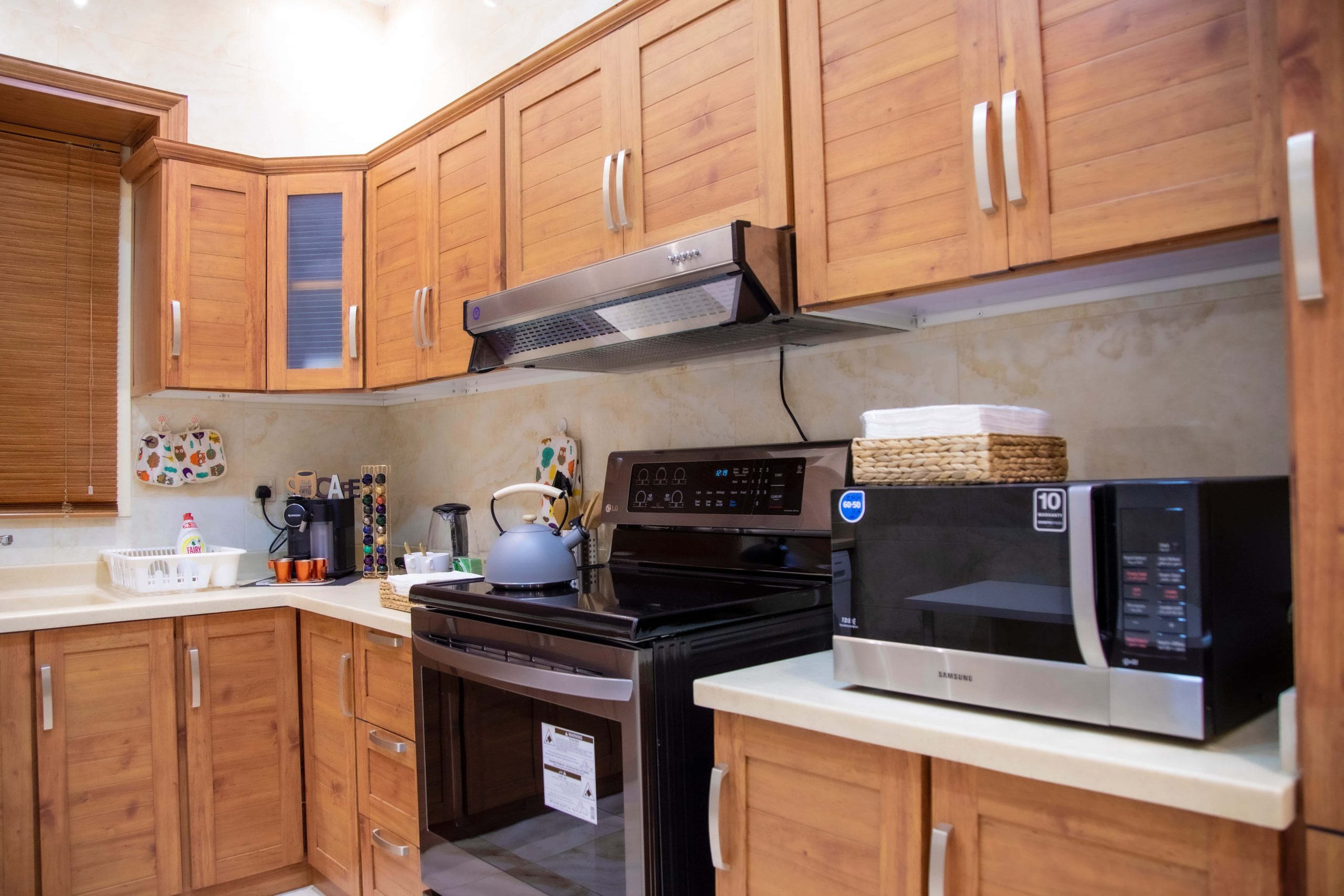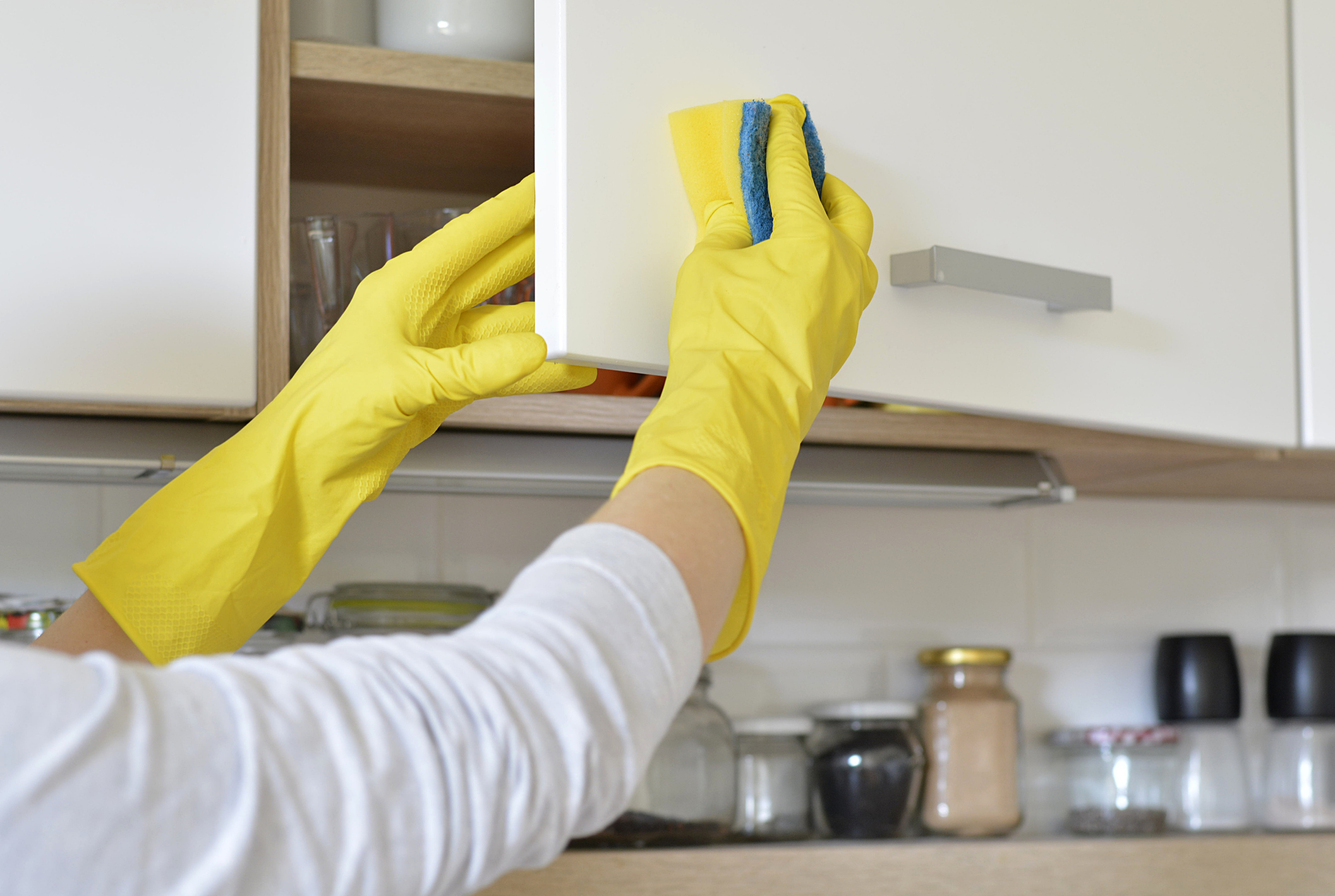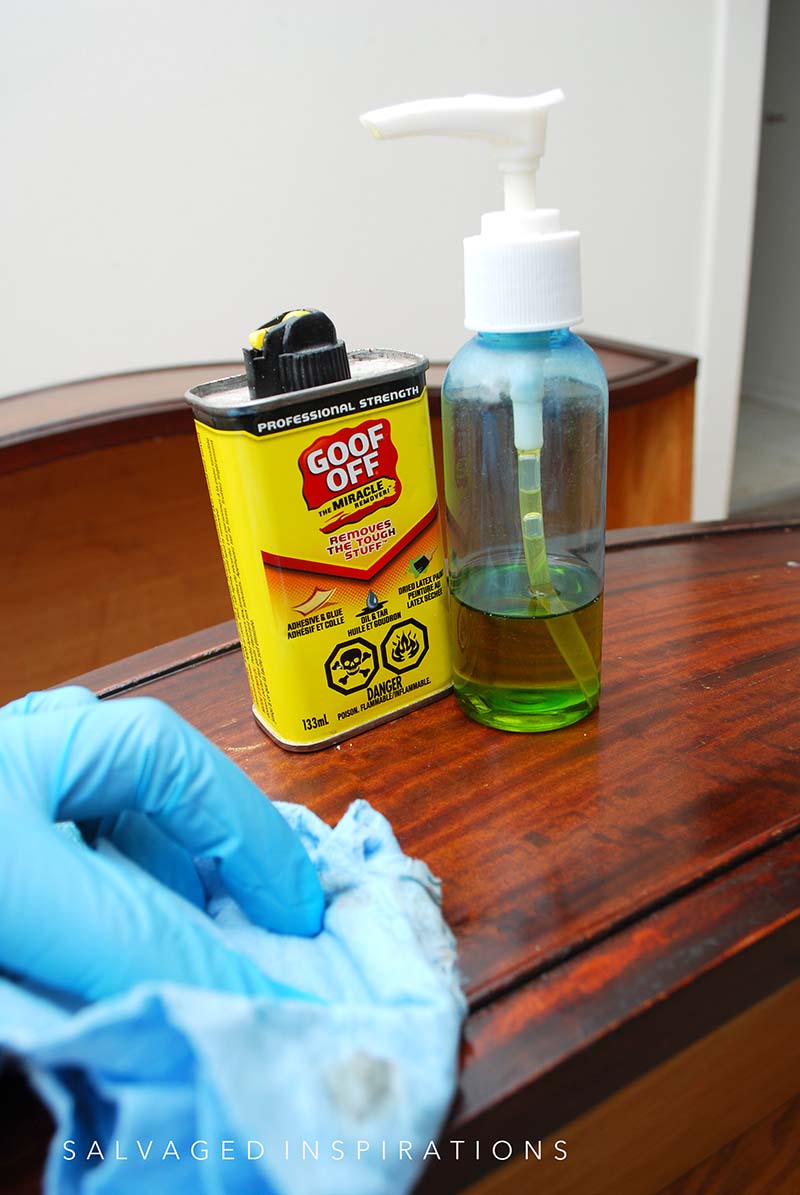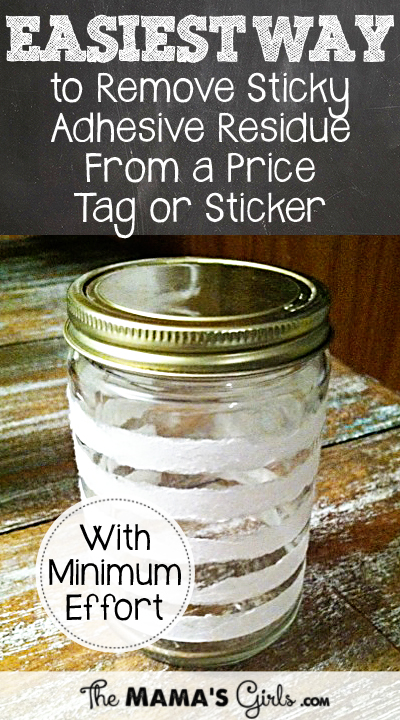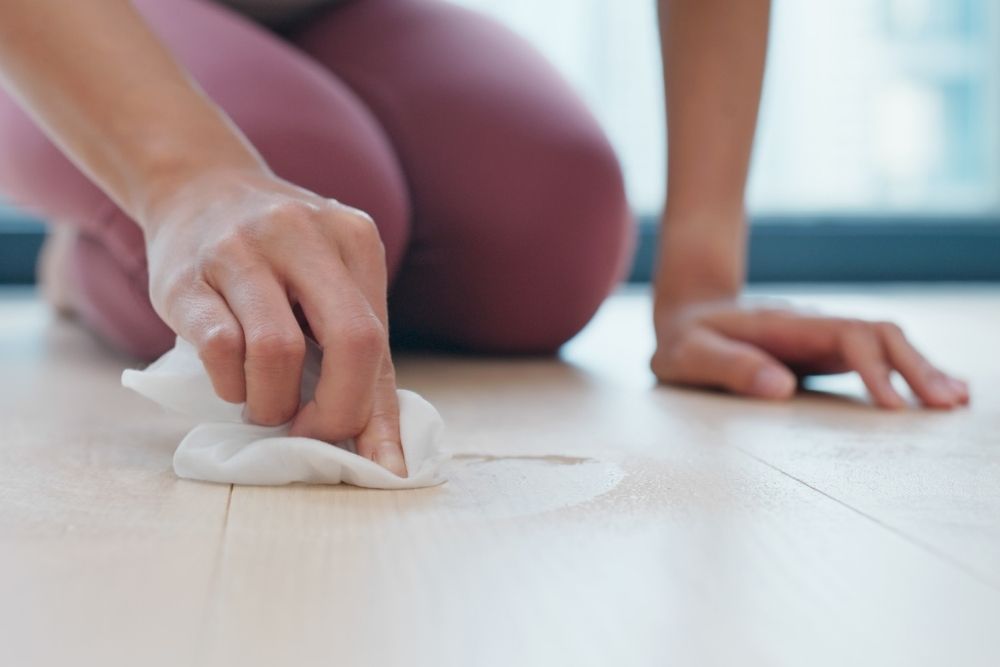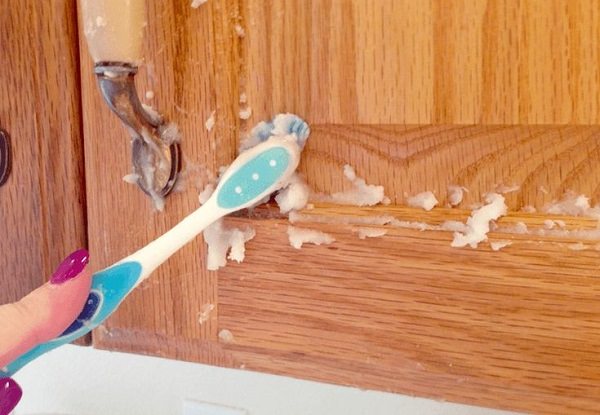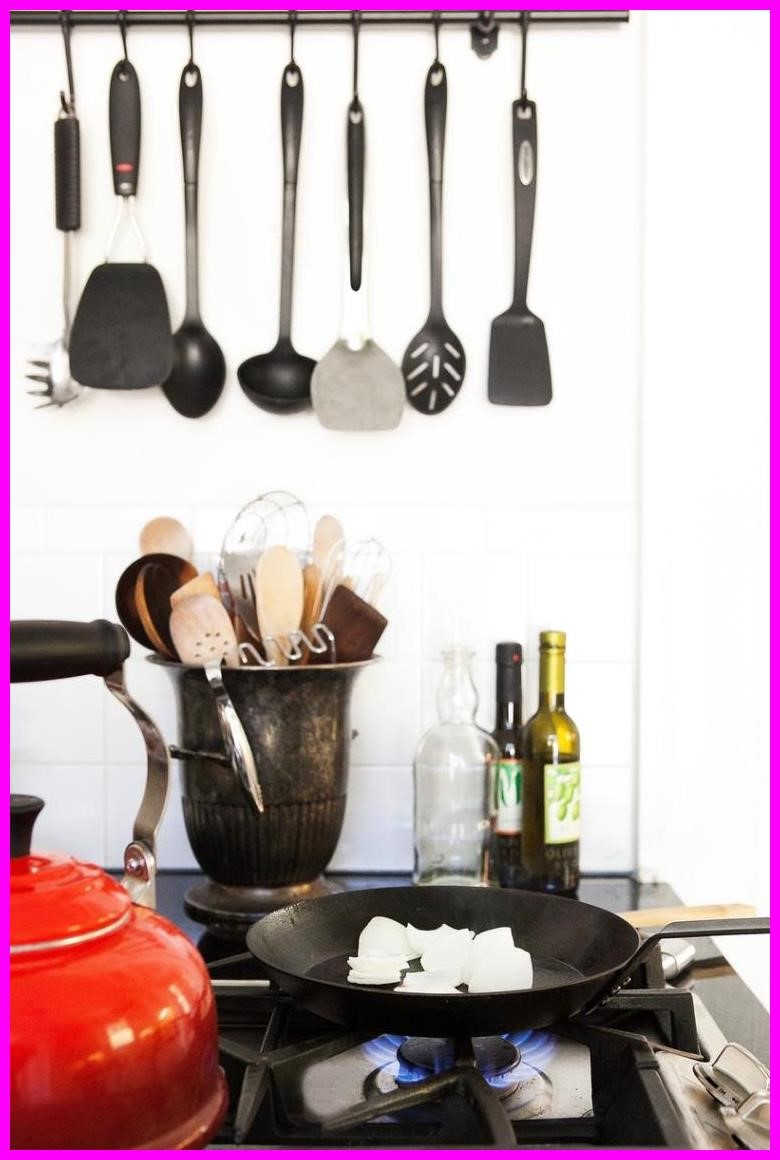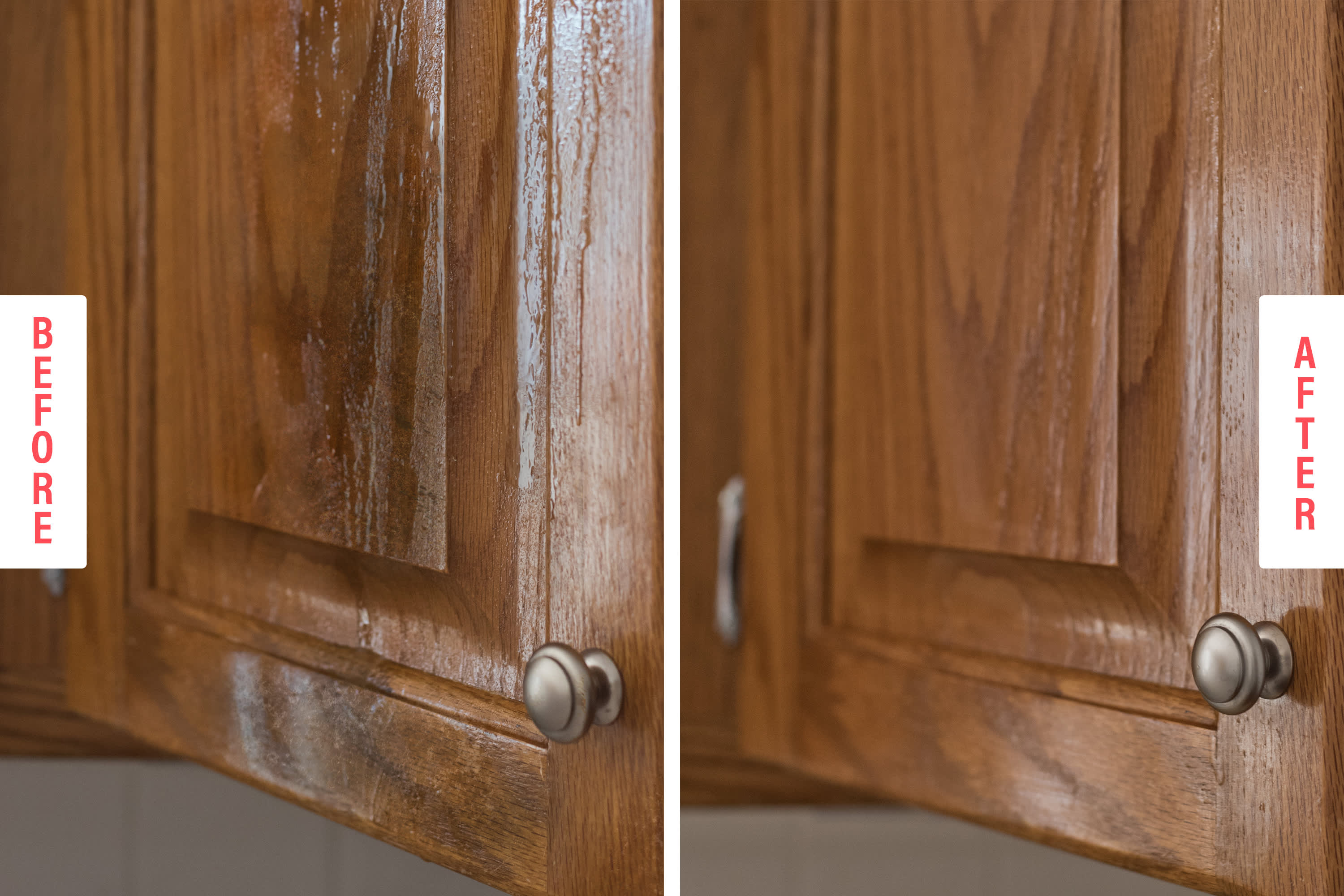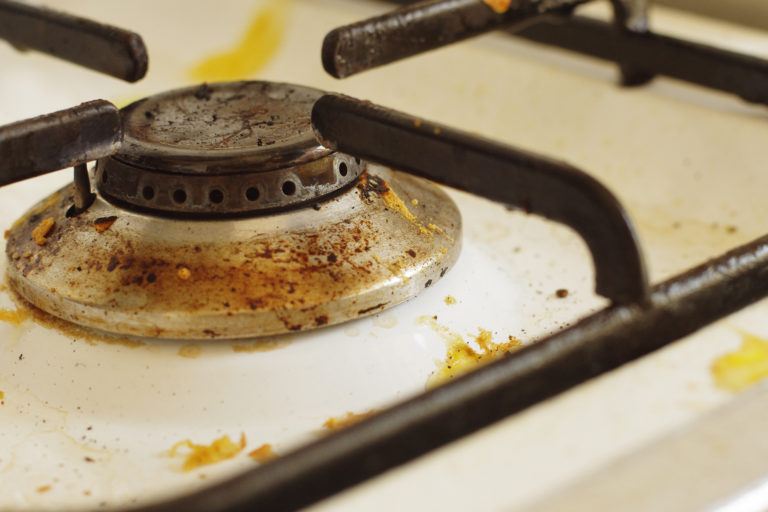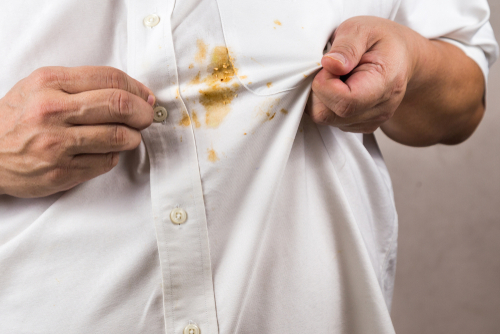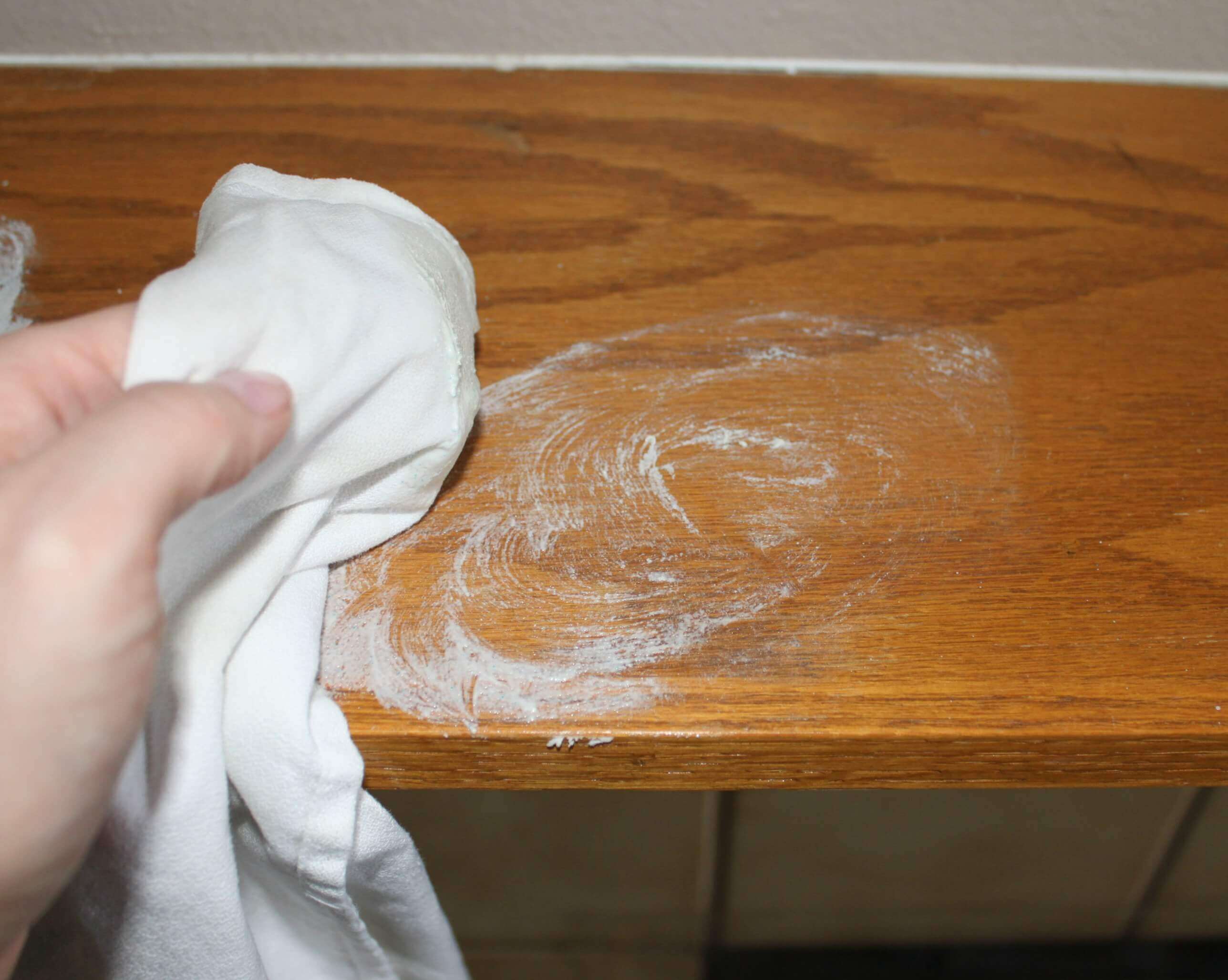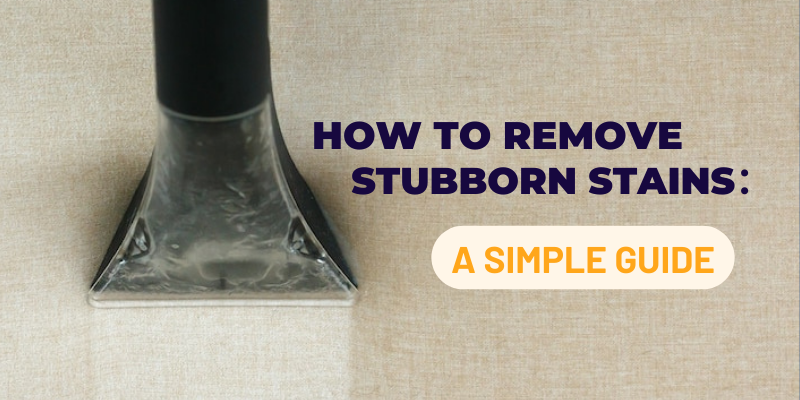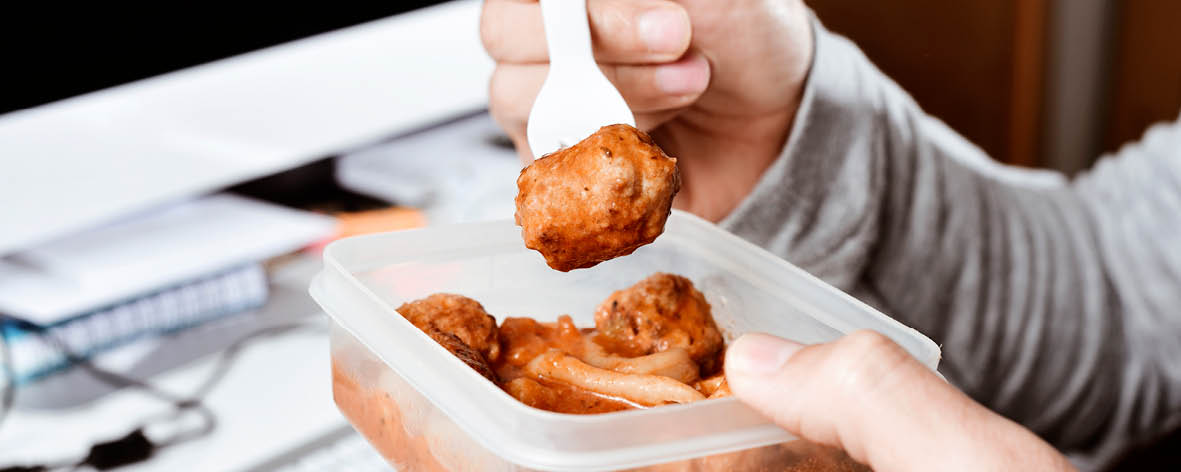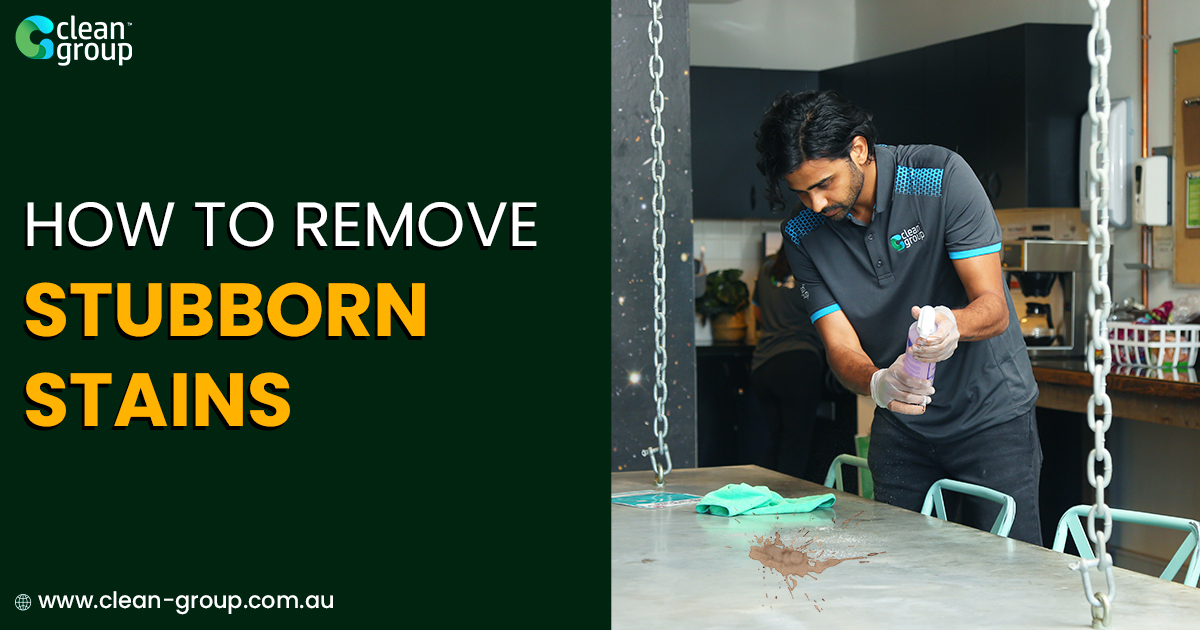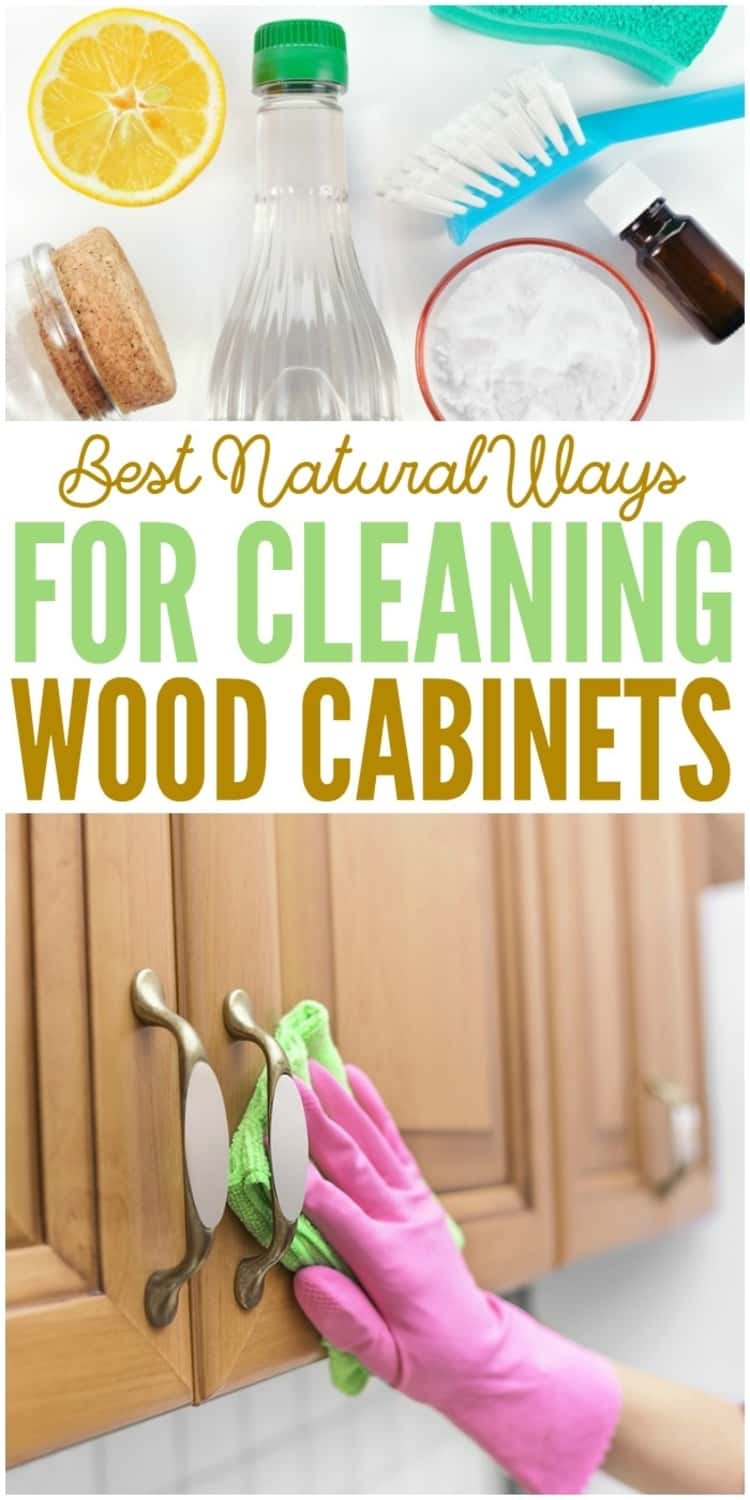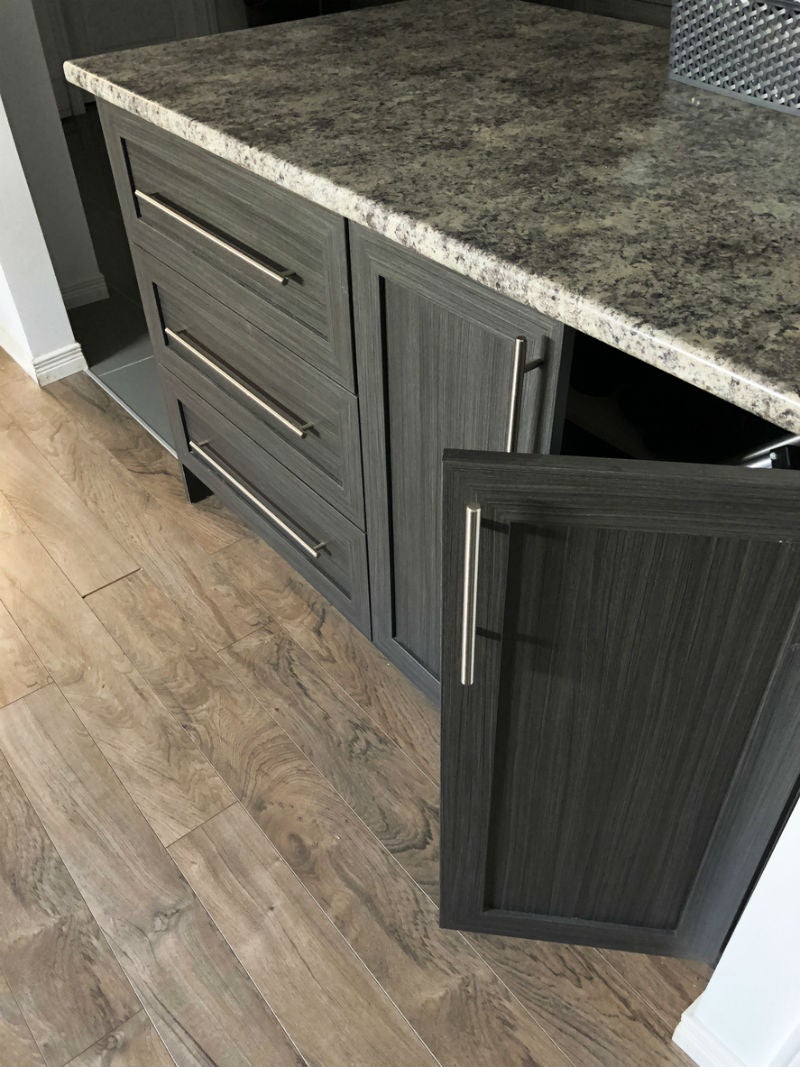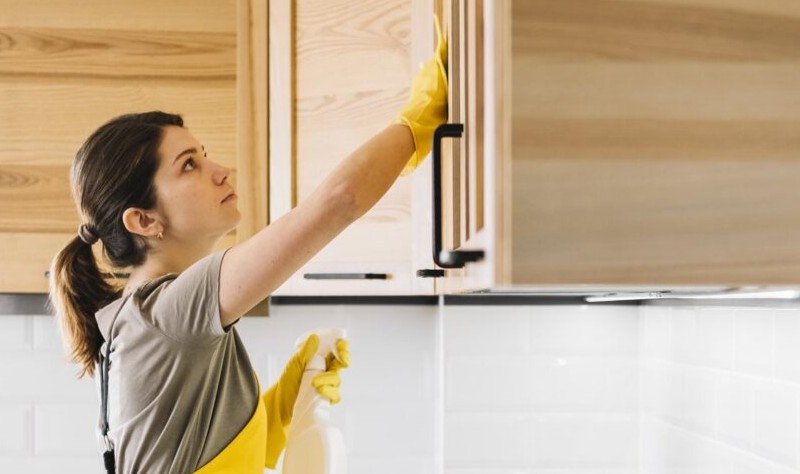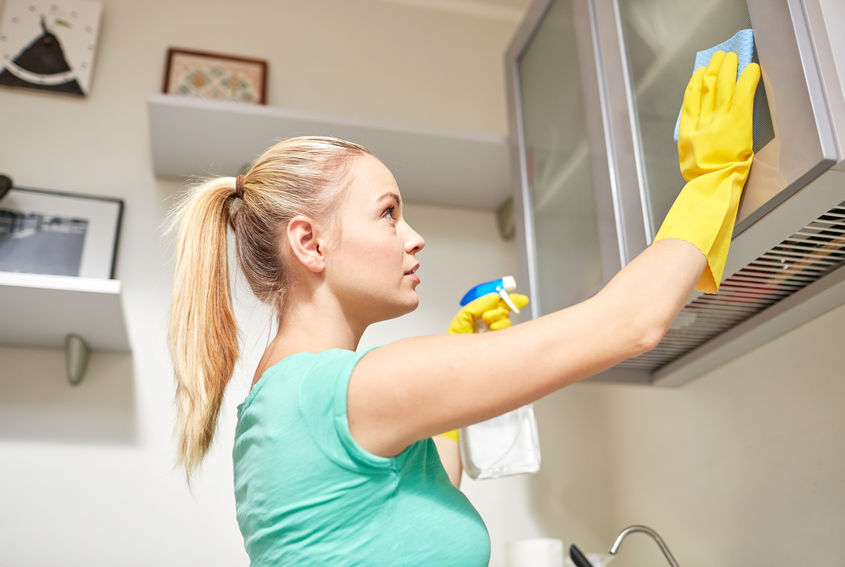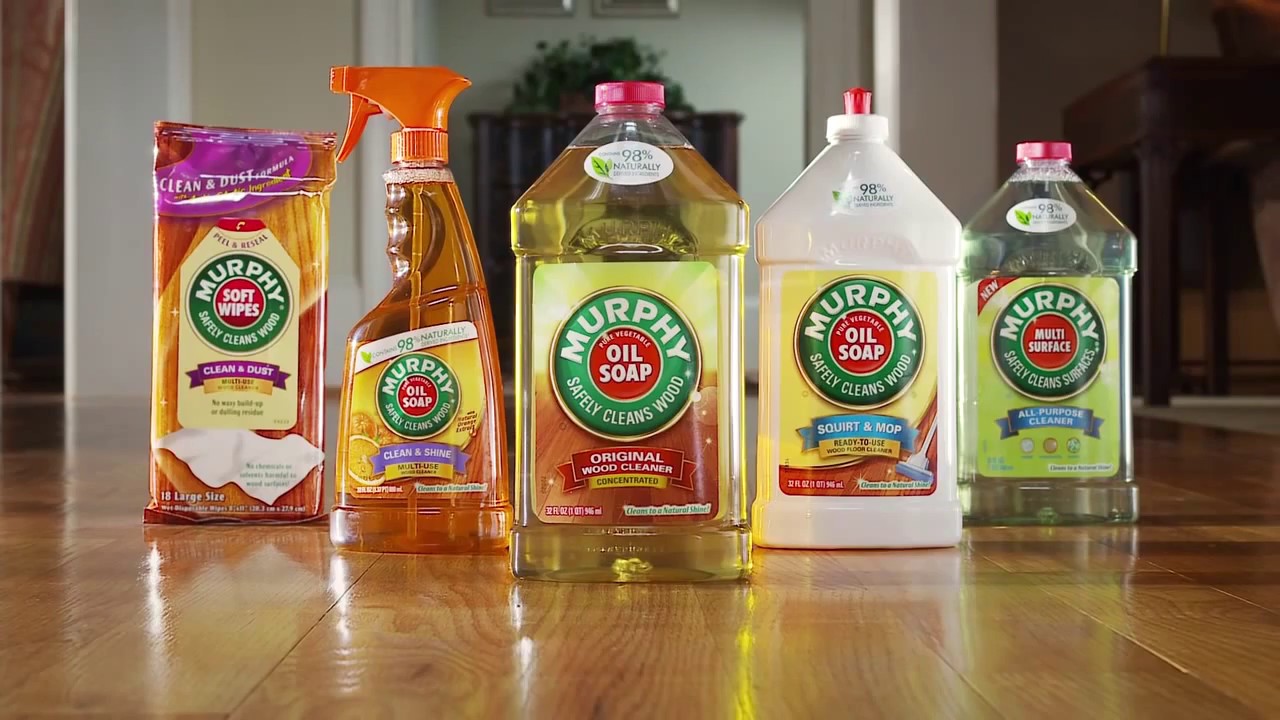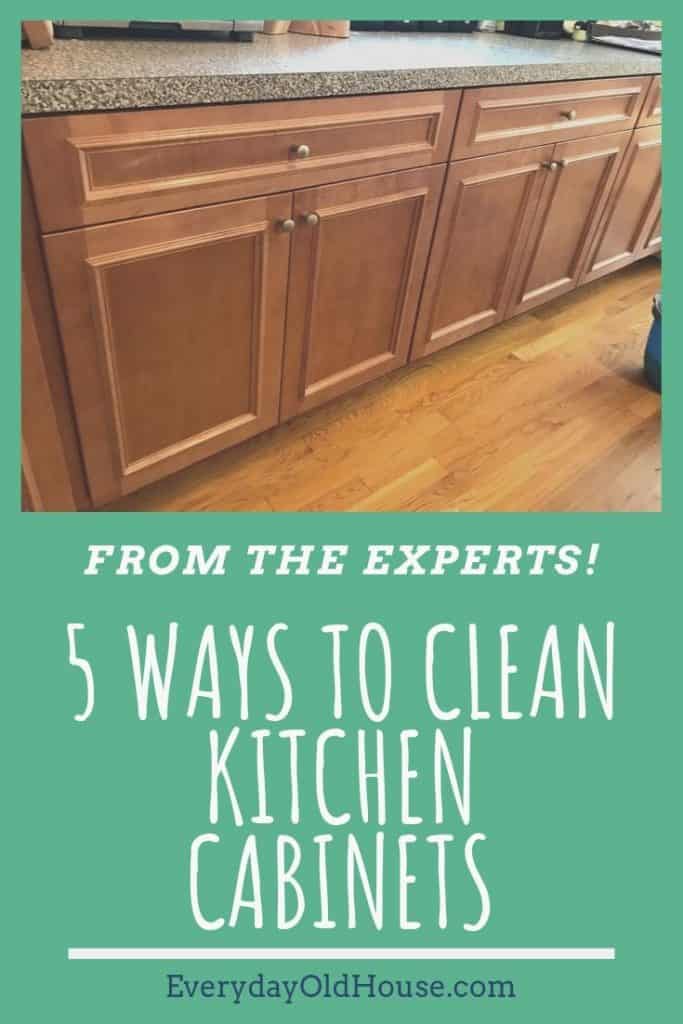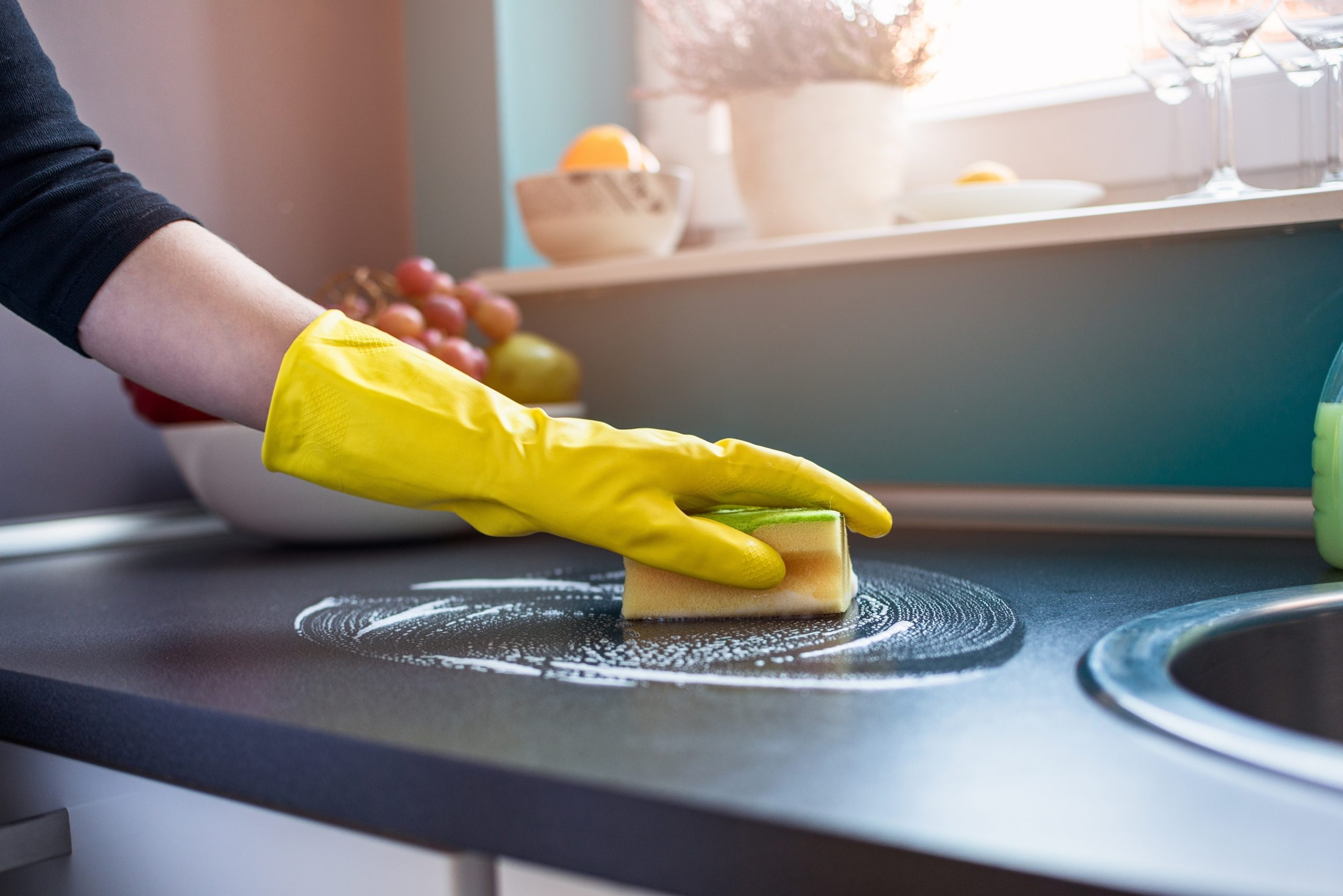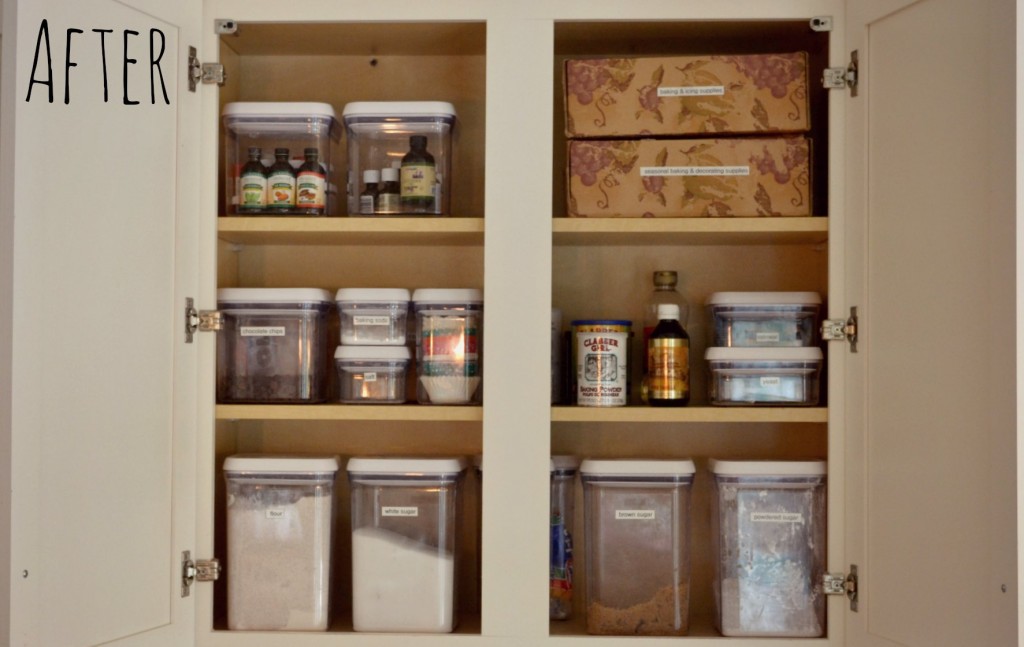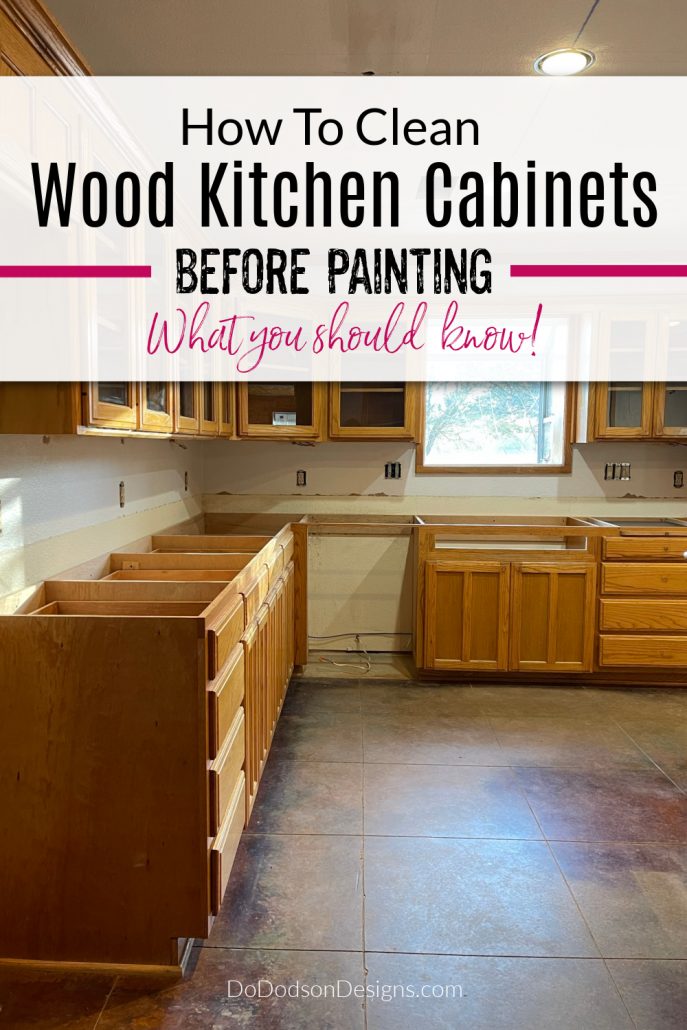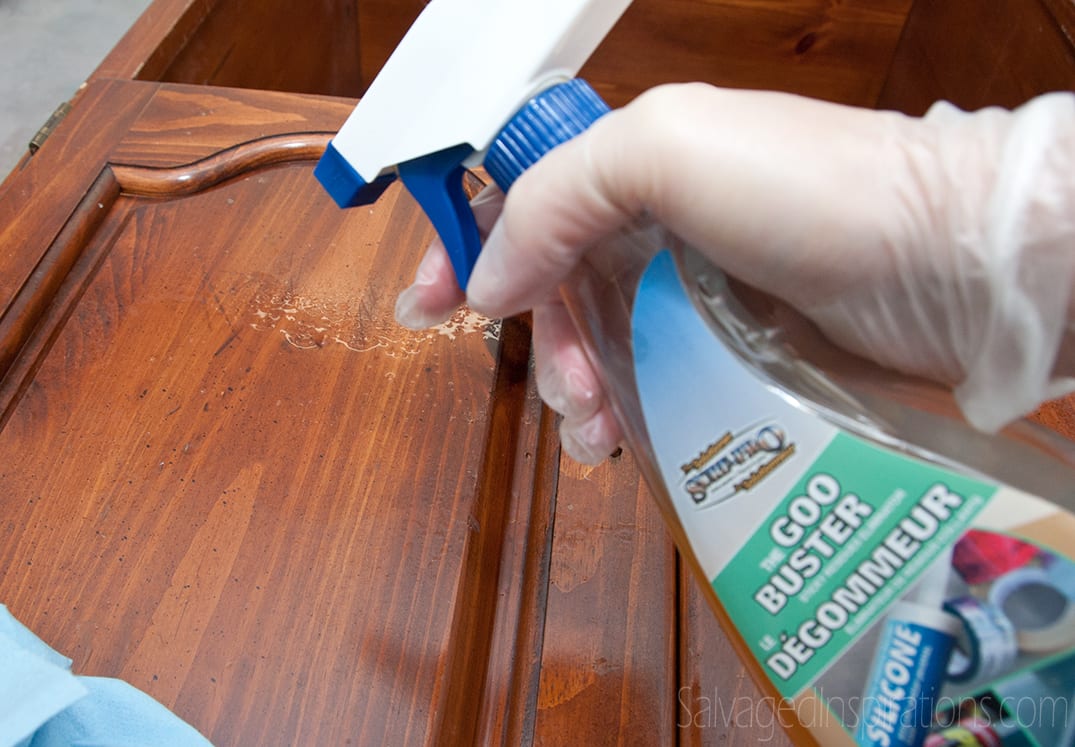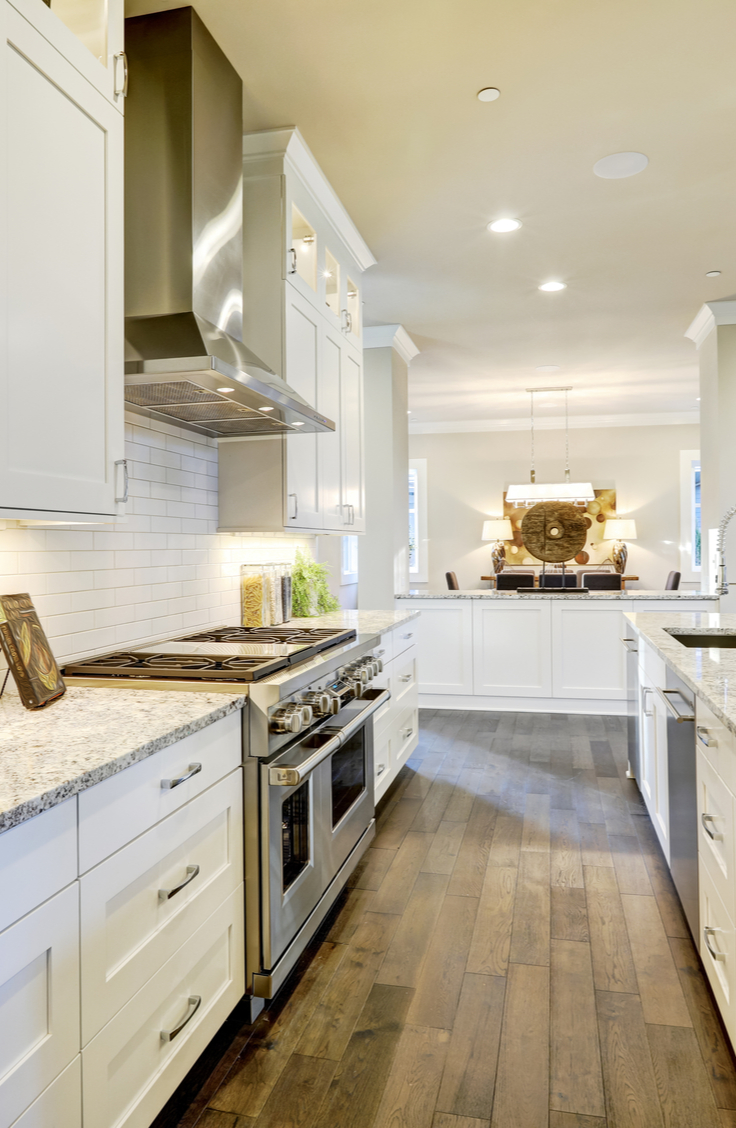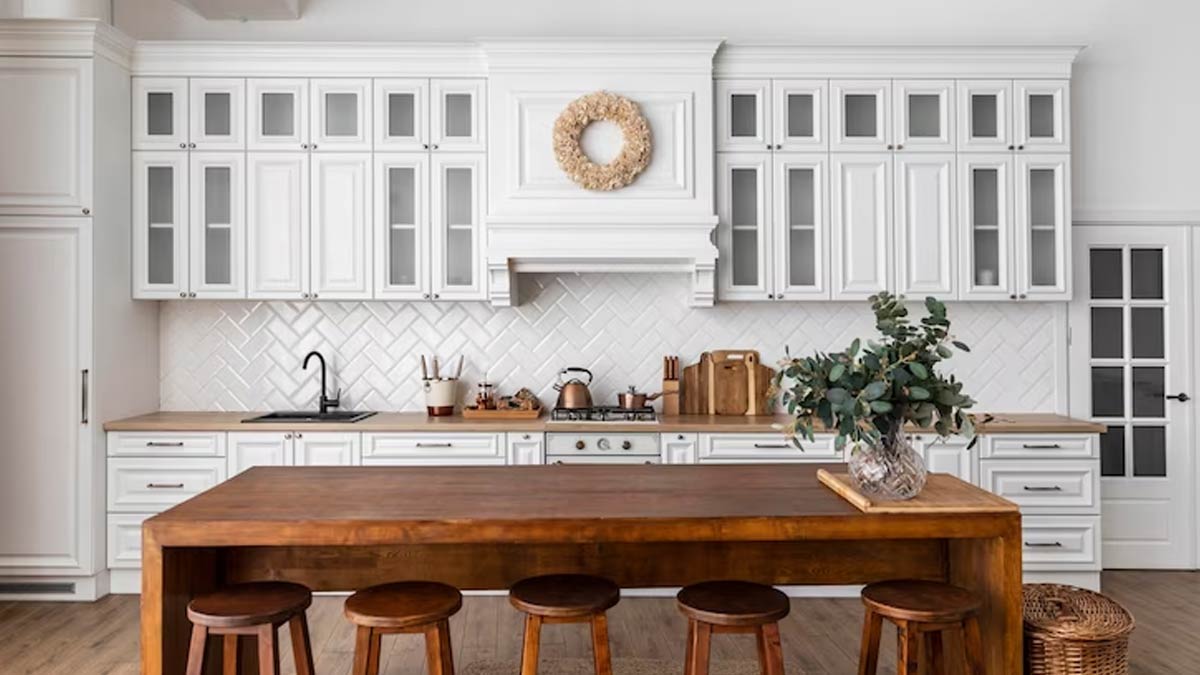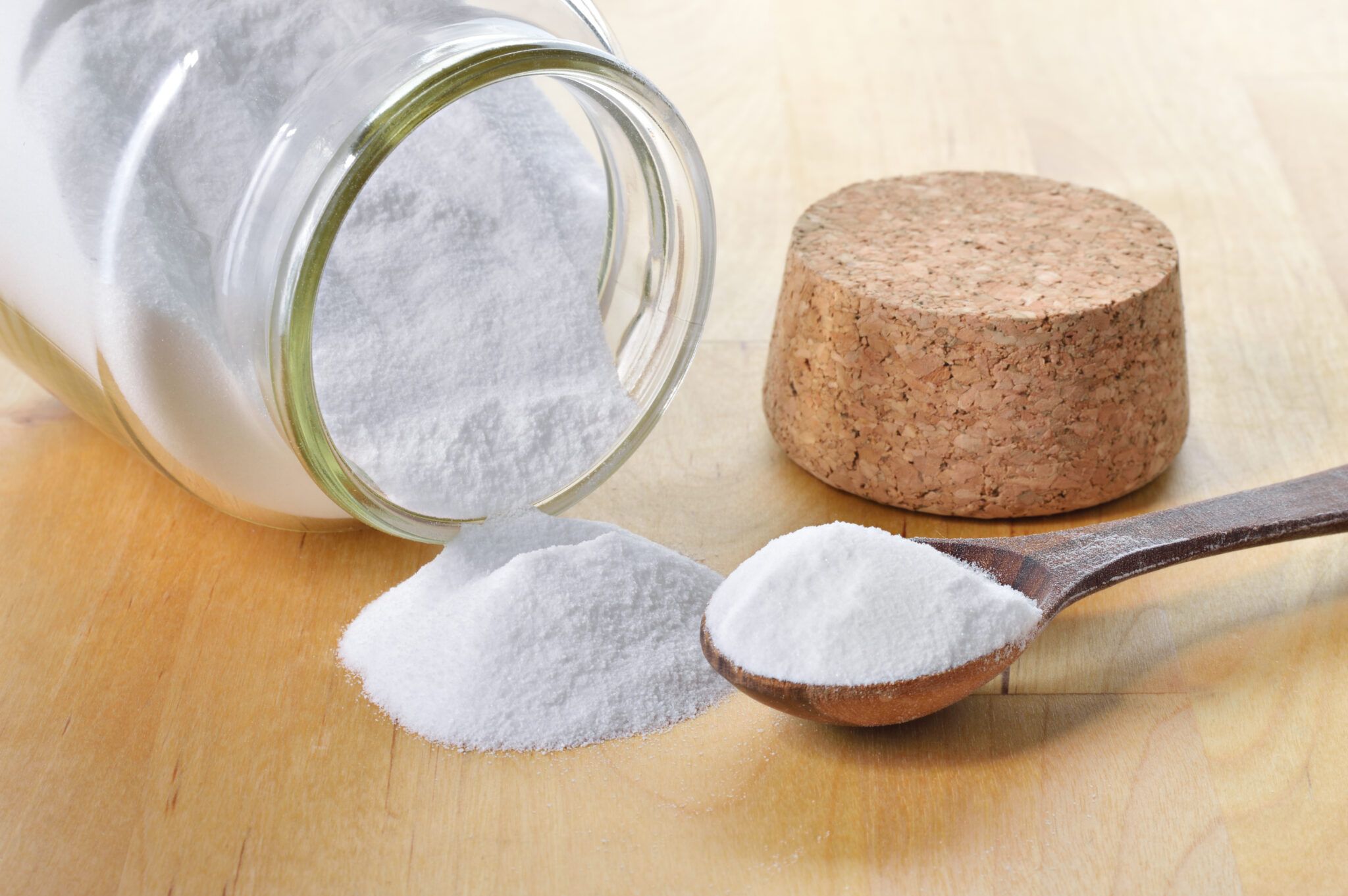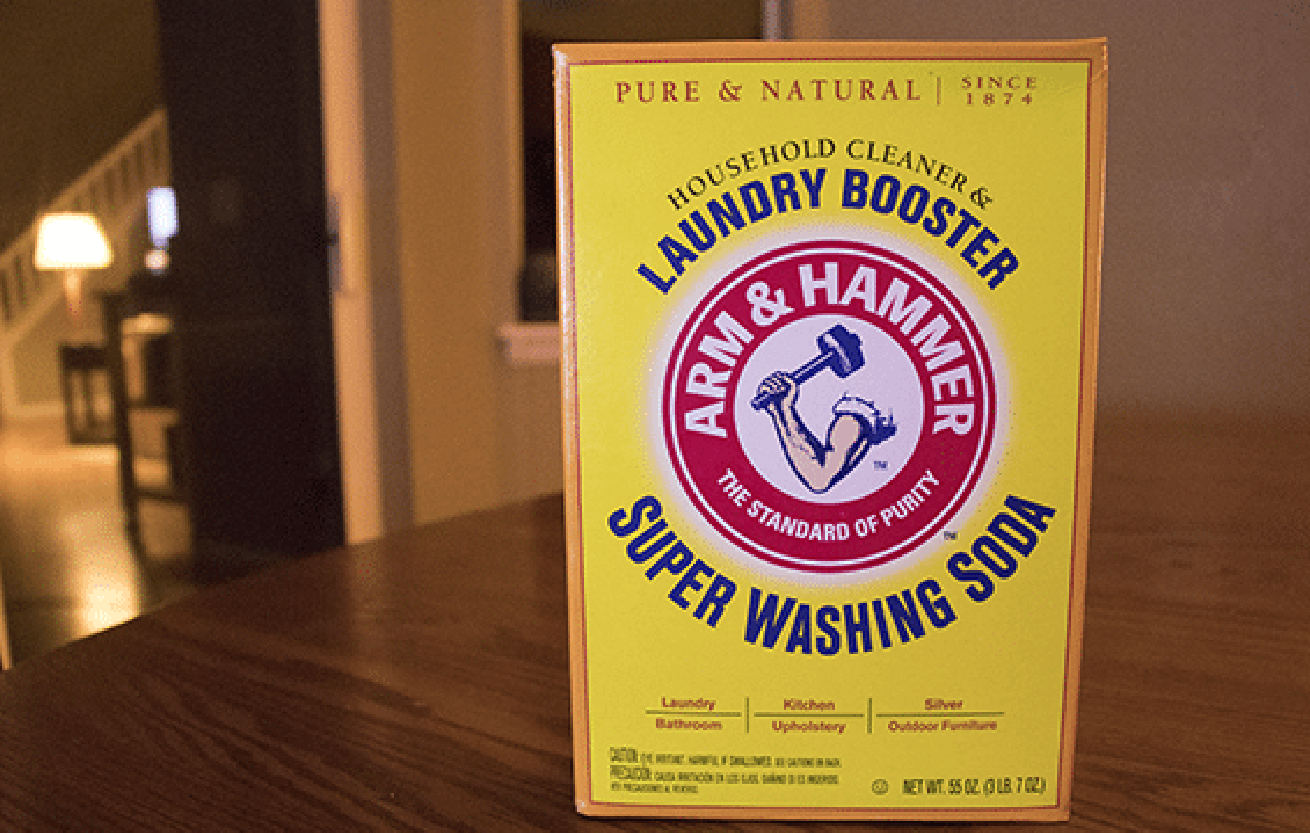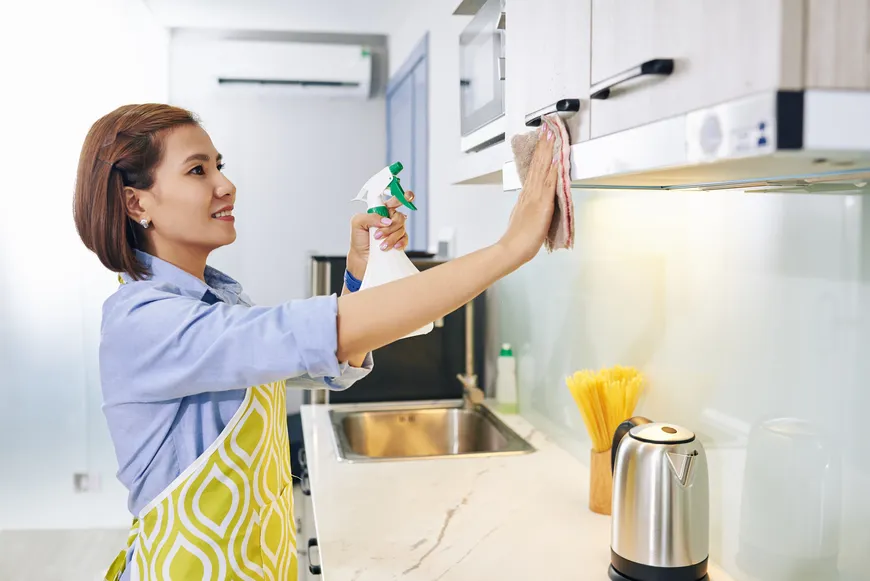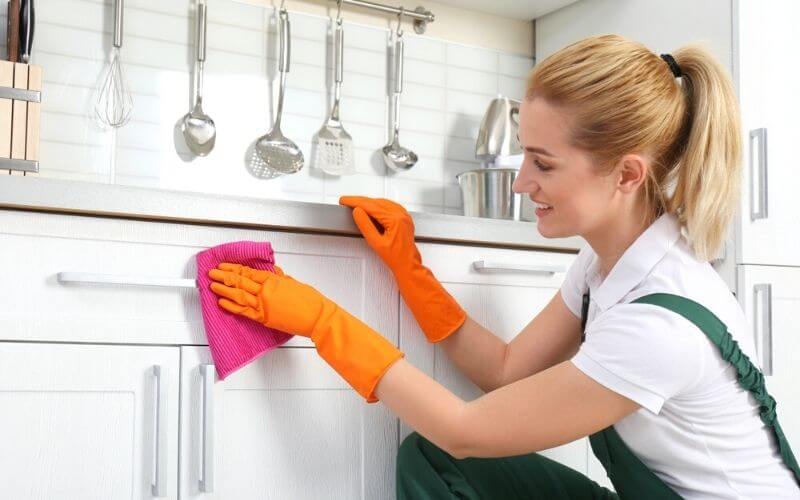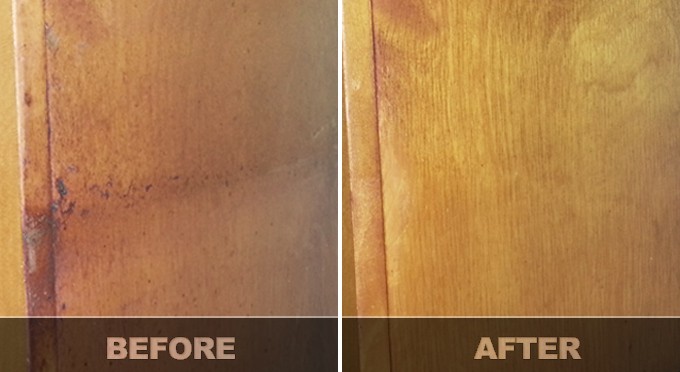Kitchen cabinets are an essential part of any kitchen, providing storage for all of our cooking and dining essentials. However, over time, they can become dirty and filled with sticky residue and a brown gunk that seems impossible to remove. Not only is this unsightly, but it can also attract pests and bacteria. If you're struggling to keep your kitchen cabinets clean, then follow these simple tips to remove the stubborn brown gunk and keep your cabinets looking new.How to Clean Kitchen Cabinets and Remove Brown Gunk
One of the most common problems with kitchen cabinets is the sticky residue that can build up over time. This can be caused by cooking oils, food spills, and even cleaning products. To get rid of this sticky mess, you can create a DIY cabinet cleaner using items you likely already have in your kitchen. Mix equal parts of vinegar and water in a spray bottle and add a few drops of your favorite essential oil for a fresh scent. Spray the solution onto the cabinets and wipe away with a clean cloth. The vinegar will cut through the grease and grime, while the essential oil will leave a pleasant scent behind.How to Get Rid of Sticky Residue on Wood Cabinets
If you have especially stubborn grease and grime on your kitchen cabinets, then you may need something a bit stronger to remove it. For this, you can create a DIY cleaner using dish soap and warm water. Mix a few drops of dish soap with warm water in a bowl, and dip a clean cloth into the solution. Wring out the excess water and gently scrub the cabinets, paying extra attention to areas with heavy buildup. Rinse the cabinets with a clean, damp cloth and dry with a towel.DIY Cabinet Cleaner for Grease and Grime
If you're dealing with an excessive amount of grease on your kitchen cabinets, then you may need to bring out the big guns. Baking soda is an excellent natural cleaner that can help cut through grease and grime. Make a paste with baking soda and water and apply it to the greasy areas of your cabinets. Let it sit for a few minutes, then scrub with a damp cloth. The baking soda will absorb the grease, making it easier to wipe away.Best Ways to Remove Grease from Kitchen Cabinets
If your kitchen cabinets are made of wood, then you may be hesitant to use any strong chemicals on them. However, there are natural solutions that can effectively remove stubborn stains without damaging the wood. Lemon juice is a great option for removing stains and leaving your cabinets smelling fresh. Mix equal parts of lemon juice and water in a spray bottle and spray onto the stains. Let it sit for a few minutes, then wipe away with a clean cloth.How to Remove Stubborn Stains from Wood Cabinets
If you prefer to use natural and chemical-free products in your home, there are plenty of options for cleaning your kitchen cabinets. White vinegar is a powerful cleaner that can cut through grease and grime. Mix equal parts of white vinegar and water in a spray bottle and use it to clean your cabinets. You can also add a few drops of essential oil for a pleasant scent. Another natural option is using olive oil and lemon juice. Mix equal parts of both in a spray bottle and use it to clean and condition your cabinets.Natural Solutions for Cleaning Kitchen Cabinets
To keep your kitchen cabinets looking their best, it's essential to deep clean them at least once a year. This means removing all of the contents from the cabinets and wiping down the interior and exterior with a mild cleaner. You can also take this opportunity to reorganize your cabinets and get rid of any items you no longer need. This will not only make your cabinets cleaner but also more functional.Tips for Deep Cleaning Kitchen Cabinets
If the sticky residue on your kitchen cabinets is proving to be particularly stubborn, then you may need to use a stronger solution. White vinegar is a powerful natural cleaner that can cut through even the toughest buildup. Mix equal parts of white vinegar and water in a spray bottle and add a few drops of tea tree oil for extra cleaning power. Spray the solution onto the sticky areas and let it sit for a few minutes before wiping away with a clean cloth.Removing Sticky Residue from Kitchen Cabinets with Vinegar
If you're dealing with heavy grease and grime on your kitchen cabinets, then baking soda can be your secret weapon. Mix equal parts of baking soda and water to create a paste and apply it to the dirty areas. Let it sit for a few minutes, then scrub with a damp cloth. The baking soda will absorb the grease and grime, leaving your cabinets looking clean and shiny.How to Clean Kitchen Cabinets with Baking Soda
If you want to add a fresh scent to your kitchen cabinets while cleaning them, then lemon oil is the perfect solution. Mix equal parts of lemon oil and water in a spray bottle and use it to clean and condition your cabinets. The lemon oil will help remove any grease buildup while also leaving a pleasant scent behind. Plus, it will help protect your cabinets from future stains and damage.Removing Grease Buildup from Kitchen Cabinets with Lemon Oil
How to Get Rid of Light Brown Gunk on Kitchen Cabinets

Maintaining the Aesthetics of Your Kitchen
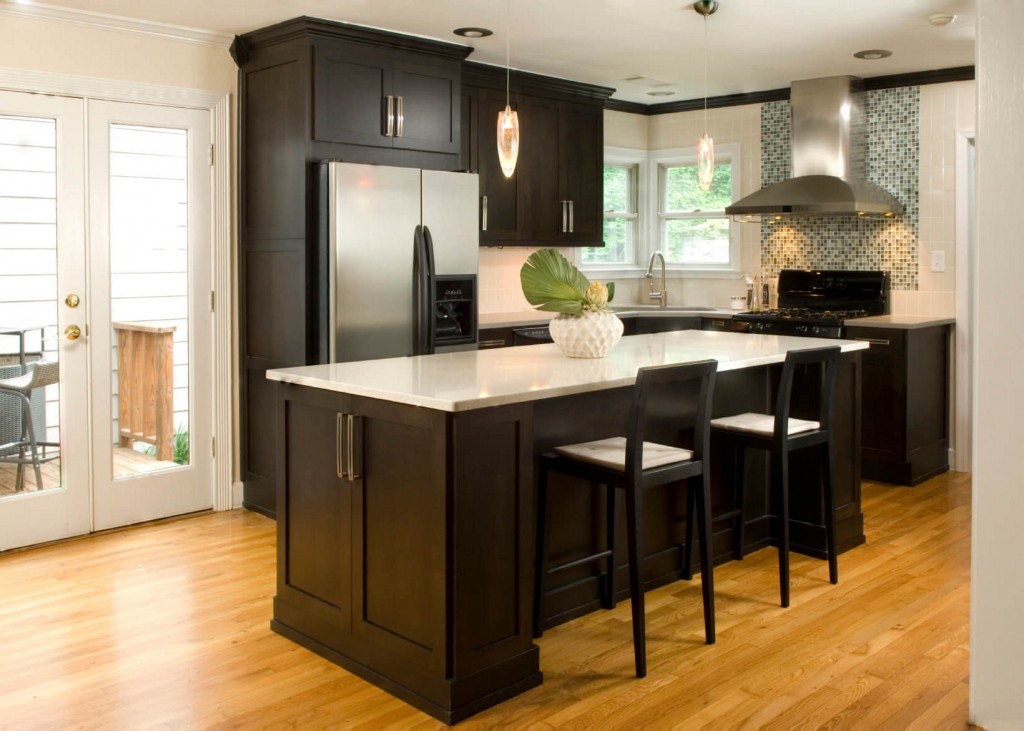 The kitchen is often considered the heart of the home, and having clean and well-maintained cabinets is crucial in creating a beautiful and functional space. However, no matter how much effort we put into cleaning and organizing our kitchen, we often come across stubborn stains and buildup that can be quite frustrating. One common issue that homeowners face is the presence of light brown gunk on their kitchen cabinets. Not only does it make the cabinets look unappealing, but it can also be a breeding ground for bacteria and mold. In this article, we will discuss the causes of this gunk and provide some effective solutions to get rid of it.
The kitchen is often considered the heart of the home, and having clean and well-maintained cabinets is crucial in creating a beautiful and functional space. However, no matter how much effort we put into cleaning and organizing our kitchen, we often come across stubborn stains and buildup that can be quite frustrating. One common issue that homeowners face is the presence of light brown gunk on their kitchen cabinets. Not only does it make the cabinets look unappealing, but it can also be a breeding ground for bacteria and mold. In this article, we will discuss the causes of this gunk and provide some effective solutions to get rid of it.
The Culprit: Grease and Grime
 The light brown gunk on your kitchen cabinets is most likely a combination of grease and grime that has accumulated over time. This is a common occurrence in kitchens, as cooking often involves the use of oils and other ingredients that can leave behind residue. Additionally, the steam and heat from cooking can cause this residue to solidify and form a sticky layer on your cabinets. This buildup can be particularly stubborn and difficult to remove, especially if it has been left unattended for a long time.
Related Keywords:
Grease, Grime, Accumulation, Residue, Solidify, Sticky, Difficult
The light brown gunk on your kitchen cabinets is most likely a combination of grease and grime that has accumulated over time. This is a common occurrence in kitchens, as cooking often involves the use of oils and other ingredients that can leave behind residue. Additionally, the steam and heat from cooking can cause this residue to solidify and form a sticky layer on your cabinets. This buildup can be particularly stubborn and difficult to remove, especially if it has been left unattended for a long time.
Related Keywords:
Grease, Grime, Accumulation, Residue, Solidify, Sticky, Difficult
Effective Solutions to Get Rid of the Gunk
 The good news is that there are several ways to get rid of the light brown gunk on your kitchen cabinets. The first step is to thoroughly clean and degrease your cabinets using a mixture of warm water and dish soap. You can also use a commercial degreaser for more stubborn buildup. Be sure to use a gentle scrub brush or sponge to avoid scratching the surface of your cabinets. After cleaning, make sure to dry the cabinets properly to prevent any moisture from lingering and causing more buildup.
Related Keywords:
Clean, Degrease, Mixture, Dish Soap, Commercial, Scrub Brush, Sponge, Scratch, Dry, Moisture
Another effective solution is to use a paste made of baking soda and water. This natural and non-toxic cleaner can help break down the gunk and make it easier to remove. Simply apply the paste to the affected area, let it sit for a few minutes, and then scrub it with a sponge or brush. You may need to repeat this process a few times for best results.
Related Keywords:
Baking Soda, Water, Natural, Non-Toxic, Cleaner, Break Down, Remove, Scrub, Repeat
The good news is that there are several ways to get rid of the light brown gunk on your kitchen cabinets. The first step is to thoroughly clean and degrease your cabinets using a mixture of warm water and dish soap. You can also use a commercial degreaser for more stubborn buildup. Be sure to use a gentle scrub brush or sponge to avoid scratching the surface of your cabinets. After cleaning, make sure to dry the cabinets properly to prevent any moisture from lingering and causing more buildup.
Related Keywords:
Clean, Degrease, Mixture, Dish Soap, Commercial, Scrub Brush, Sponge, Scratch, Dry, Moisture
Another effective solution is to use a paste made of baking soda and water. This natural and non-toxic cleaner can help break down the gunk and make it easier to remove. Simply apply the paste to the affected area, let it sit for a few minutes, and then scrub it with a sponge or brush. You may need to repeat this process a few times for best results.
Related Keywords:
Baking Soda, Water, Natural, Non-Toxic, Cleaner, Break Down, Remove, Scrub, Repeat
Preventative Measures to Keep Your Cabinets Clean
 To avoid dealing with stubborn gunk on your kitchen cabinets in the future, it is important to take preventative measures. Make sure to wipe down your cabinets regularly with a mild cleaner to prevent buildup. You can also install cabinet liners to protect the surface from any spills or stains. Additionally, try to minimize the use of oils and other greasy substances when cooking to reduce the amount of residue that accumulates on your cabinets.
Related Keywords:
Preventative Measures, Regularly, Mild Cleaner, Buildup, Cabinet Liners, Protect, Surface, Spills, Stains, Minimize, Oils, Greasy, Residue, Accumulates
To avoid dealing with stubborn gunk on your kitchen cabinets in the future, it is important to take preventative measures. Make sure to wipe down your cabinets regularly with a mild cleaner to prevent buildup. You can also install cabinet liners to protect the surface from any spills or stains. Additionally, try to minimize the use of oils and other greasy substances when cooking to reduce the amount of residue that accumulates on your cabinets.
Related Keywords:
Preventative Measures, Regularly, Mild Cleaner, Buildup, Cabinet Liners, Protect, Surface, Spills, Stains, Minimize, Oils, Greasy, Residue, Accumulates
Conclusion
 Having light brown gunk on your kitchen cabinets can be a frustrating and unsightly problem. However, with the right cleaning techniques and preventative measures, you can maintain the aesthetics and functionality of your kitchen. Remember to regularly clean and degrease your cabinets, and use natural cleaners like baking soda to keep them looking like new. With these tips, you can say goodbye to gunk and hello to a beautiful and well-maintained kitchen.
Having light brown gunk on your kitchen cabinets can be a frustrating and unsightly problem. However, with the right cleaning techniques and preventative measures, you can maintain the aesthetics and functionality of your kitchen. Remember to regularly clean and degrease your cabinets, and use natural cleaners like baking soda to keep them looking like new. With these tips, you can say goodbye to gunk and hello to a beautiful and well-maintained kitchen.



